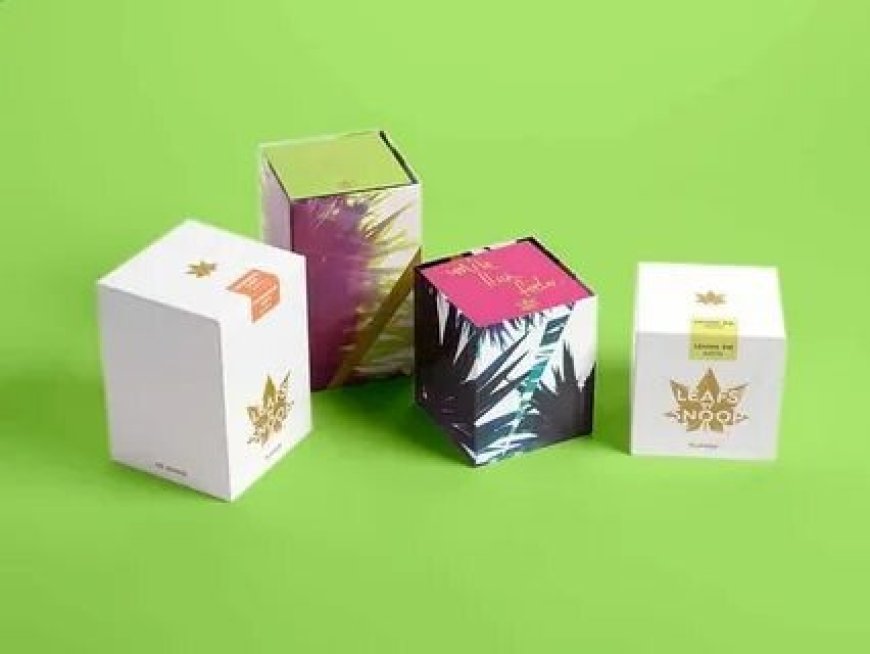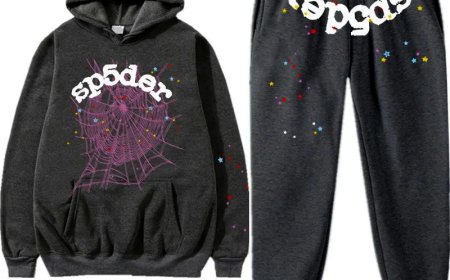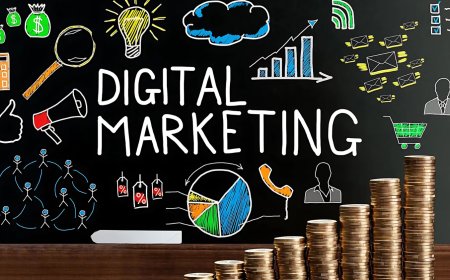Wholesale Edible Packaging: Transforming Food Sustainability
Discover the benefits, types, and future of wholesale edible packaging. Learn how this innovative solution is revolutionizing the food industry and promoting sustainability.

Imagine a world where packaging waste is a thing of the past. Welcome to the realm of custom wholesale edible packaging—a groundbreaking innovation poised to transform the food industry. This article delves into the fascinating world of edible packaging, its benefits, types, and potential to shape a more sustainable future. So, how does edible packaging work, and why should we care?
The Evolution of Packaging
Packaging has come a long way since its inception. From simple natural containers to complex synthetic materials, the evolution of packaging reflects the changing needs and priorities of society. How did we get from clay pots to biodegradable films?
What is Edible Packaging?
Edible packaging refers to packaging materials made from food-grade ingredients that can be safely consumed. This concept not only reduces waste but also adds a unique layer of convenience and novelty to food products. What are the primary components of edible packaging?
Types of Edible Packaging
There are several types of edible packaging, each with its own unique properties and uses:
Films and Wraps: Thin layers used to wrap food items. Coatings: Applied directly to the food surface to protect and enhance it. Containers: Edible bowls, cups, and plates made from various ingredients.
Which type of edible packaging intrigues you the most?
Benefits of Edible Packaging
The benefits of edible packaging are numerous:
Environmental Impact: Reduces waste and pollution. Convenience: Eliminates the need for disposal. Novelty: Adds a fun and innovative element to food consumption. Health: Made from natural, often nutritious ingredients.
Could edible packaging be the key to a more sustainable lifestyle?
Edible Packaging Materials
Common materials used in edible packaging include:
Starch: Derived from potatoes, corn, and other sources. Gelatin: A protein obtained from animal collagen. Seaweed: Rich in nutrients and highly biodegradable. Waxes: Often used as coatings to preserve freshness.
What other materials might be suitable for edible packaging?
Manufacturing Edible Packaging
The manufacturing process for edible packaging involves several steps, including selecting raw materials, processing them into films or coatings, and ensuring they meet safety and quality standards. How do manufacturers ensure the consistency and safety of edible packaging?
Applications of Edible Packaging
Edible packaging is used in various applications, from wrapping snacks and candies to creating biodegradable water bottles. How might edible packaging revolutionize the way we consume and dispose of products?
Sustainability and Environmental Impact
Edible packaging has the potential to significantly reduce the environmental impact of packaging waste. By decomposing naturally or being consumed, these materials offer a viable alternative to traditional plastics. How can widespread adoption of edible packaging change our environmental footprint?
Challenges and Limitations
Despite its promise, edible packaging faces several challenges:
Shelf Life: Ensuring the packaging lasts as long as the product it contains. Cost: Producing edible packaging can be more expensive than traditional options. Regulation: Meeting food safety standards and regulations.
What solutions might overcome these challenges?
Market Trends and Growth
The market for edible packaging is growing rapidly, driven by increasing consumer awareness and demand for sustainable products. How is this trend shaping the future of the food industry?
Edible Packaging Around the World
Different countries are exploring and adopting edible packaging in unique ways. From seaweed-based packaging in Asia to corn starch films in North America, how are global innovations contributing to this movement?
Case Studies: Success Stories
Several companies and initiatives have successfully implemented edible packaging solutions. What can we learn from their experiences and successes?
Future of Edible Packaging
The future of edible packaging looks promising, with ongoing research and development paving the way for new materials and applications. How might advancements in technology further enhance edible packaging?
Conclusion: Embracing a Sustainable Future
In conclusion, wholesale edible packaging represents a significant step towards a more sustainable and environmentally friendly future. By reducing waste and offering innovative solutions, edible packaging has the potential to revolutionize the food industry. So, are you ready to embrace this exciting change?
For more information visit us at customboxesplace
FAQs
What are the main ingredients in edible packaging?
Common ingredients include starch, gelatin, seaweed, and waxes.
Is edible packaging safe to eat?
Yes, edible packaging is made from food-grade ingredients and is safe to consume.
Can edible packaging be used for all types of food?
Edible packaging is versatile but may not be suitable for all food types. It works best with dry and semi-dry foods.
What's Your Reaction?














![Noots Focus Reviews [Truth Exposed 2025]!](https://news.bangboxonline.com/uploads/images/202501/image_430x256_678e3b94881a1.jpg)
![Vivalis Male Enhancement: The Must-Know Ingredients [2025 Update]](https://news.bangboxonline.com/uploads/images/202501/image_430x256_678e3b54e396c.jpg)







